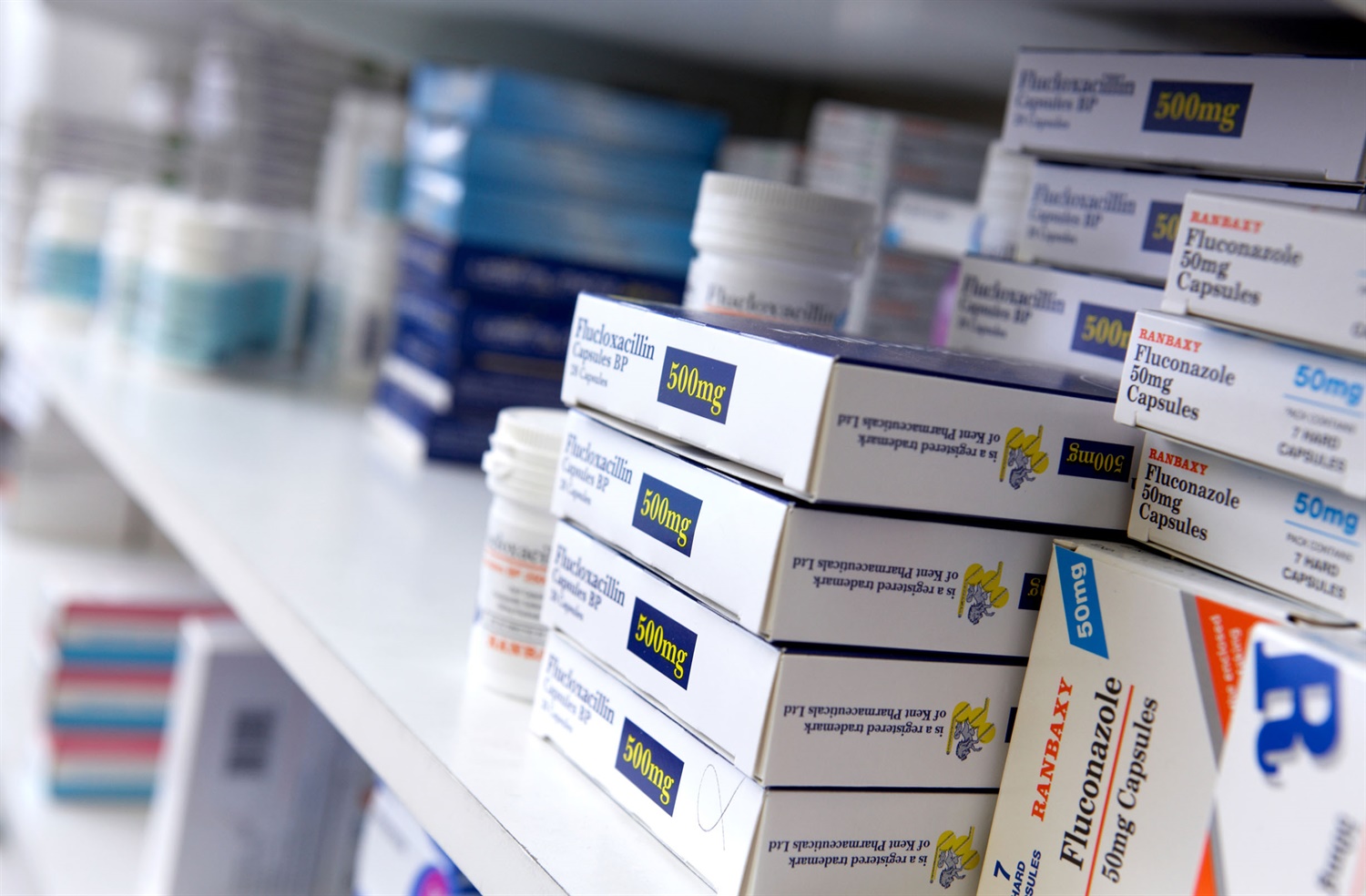12.05.16
Tapping into data across the NHS
Source: NHE May/Jun 16
 Tim Jones, executive director of delivery at University Hospitals Birmingham NHS FT (UHB), reveals what the trust has done to set the standard in IT developments, and explains how other providers can follow suit.
Tim Jones, executive director of delivery at University Hospitals Birmingham NHS FT (UHB), reveals what the trust has done to set the standard in IT developments, and explains how other providers can follow suit.
We are currently living through a third industrial revolution: the first was driven by steam power, the second by the petrol engine and the third is being driven by digital systems and communication. Here at UHB, we’re proud to say we have state-of-the-art clinical informatics with one of the most advanced electronic data systems in the world. We’re also regarded as an exemplar for our clinical and non-clinical governance systems.
Generally, however, healthcare has been one of the slowest adopters of digital and big data – and that’s puzzling given the scientific base underpinning medicine and the amount of information it generates.
The issue of local and national collaboration and co-ordination was highlighted in the recently-published Carter Review and its recommendations to achieve £5bn efficiencies. But improved productivity can’t come at the expense of safe, quality care. Ongoing financial pressures, the need to meet performance targets and the enhanced scrutiny on quality care pose an increasingly challenging environment.
Leading the way
At UHB we use our data systems to support the delivery of safe, high-quality care and, ultimately, improved clinical outcomes, using real-time data to inform decisions at every level. The parallel benefits are cost savings, efficiency and an adherence to process.
The original platform created at UHB some 15 years ago was based on collaboration between clinicians and academics. We needed that frontline buy-in and input to ensure the systems we were developing were of practical use for those utilising them beneficial for our patients.
For us, the biggest test was developing the right data platform; but we were very aware of what needed to be done and developed our own system for prescribing drugs, which gave us a huge advantage.
Our current informatics capability allows us to benchmark our performance for individual disease groups and clinical specialties with other hospitals in Europe, the United States and beyond. We have access to the United States Hospitals’ Honor Roll and can compare in-hospital mortality with the Honor Roll data.
We’ve been able to maintain our lead in the healthcare IT sector through constant innovation and the willingness to commit significant human and financial resources.
I suspect that most people outside the NHS aren’t aware of how much happens at major hospitals, just in terms of patient numbers and prescriptions. We have a phenomenal amount of data passing through our systems day-in and day-out. We issue something like 20,000 prescriptions every week, and deal with around 2,000 outpatients every day on the Queen Elizabeth campus.
We use a system called PICS (Prescribing Information and Communication System), which is a rules-based decision support system. It’s in all inpatient, outpatient and day case areas and supports full e-prescribing and drug administration for both routine and chemotherapy treatments, requesting and reporting of laboratory investigations, clinical observations and assessments and extensive order communications, including imaging requests and internal referrals.
Since we rolled out the system across all areas of the hospital, it has become the bedrock of our clinical support system and we’re always fine-tuning it to ensure that greater levels of efficiency are delivered.
Joined-up approach across all the NHS
Having the systems in place is one thing but, however much data you accumulate, it’s not an end in itself. The key is how you translate the data into meaningful actions and better outcomes for patients.
We and our patients would benefit even more if we could tap into equally well-developed systems elsewhere in the NHS. But the bigger issue just now is how the NHS as a whole embraces the new technological advances which have become core business in other industries.
A joined-up approach would benefit everyone. Standards would have to be specified and security would be the key for both buy-in and effective use. Lord Carter referred to “a single reporting framework… adopted across all trusts, which pulls together clinical quality and resource performance data and compares it to the best in class”. He wants to see standardised procedures – presumably measured by standardised systems – with each organisation working more closely with neighbouring NHS trusts.
Certainly, if one integrated system could be tapped into at GP practices, walk-in centres and hospitals across England it could benefit millions of patients and practitioners.
There are around 60 million patient records held by GPs in the UK. Combine those with hospital data and you’re looking at many more multiples. The key to using this Big Data effectively will be linking primary, secondary and tertiary care. It’s early days but hopefully, the new sustainability and transformation plans (STPs) should go some way towards this, by bringing together local health and care systems in one STP footprint.

Integrating data into IT systems
When our new hospital opened in 2010, we had years of existing patient data from the two existing hospitals which needed to be integrated into the IT system.
We looked at different ways of efficiently accessing the old paper-based information. Back-scanning was considered, but the quality wouldn’t have been great and it would have cost between £1m and £2m. The best solution was to develop a clinical portal, which could store previous records, and also provide real-time access to current patient data.
The new portal has subsequently generated an enormous amount of detail about the way we work, about patients, about the hospital’s operational structure, and information about our systems and processes.
Our clinical portal monitors every patient, every drug and every dose, and we calculate that it prevents around 20,000 errors by junior doctors in prescribing every year. Mostly, they’re very small errors, but it’s reassuring to know that the portal is there as a back-up.
We have built-in a system of ‘nudges’ and checks for patient protection, to ensure the correct drug is always given in the correct amount for the right condition or illness. If someone tried, for example, to prescribe too much of a certain drug, or to the wrong patient, the system would simply refuse to accept the instruction.
Speedier processes
The clinical portal and its prescription system have also created remarkable improvements in the speed at which tests and processes can be carried out.
We looked at the data for infection control, when checks were being made for the possible presence of the MRSA bug, before ‘decolonisation’ could be carried out, and it was taking 48 hours for the results to get back from the lab to the ward. We were able to automate the process and now the delay is just five seconds. Nurses can carry out the tests, and then administer the drugs (if required) immediately.
One of the key quality initiatives we have undertaken is to significantly reduce the number of omitted drugs – that is, drugs which have been prescribed but not administered. The reasons for omissions can range from a change in clinical condition, the drug not being available, to the patient being missed on the drug round. The typical figure for any NHS hospital is around 20%, but with more precise monitoring and checks, we’ve got that down to around 10% and 11%.
By crunching all the data, we can now take real-time action about the level of drugs which are available. If, for example, one ward has run out of a drug, the system will tell them which ward has some stock.
It’s not just about being more efficient, delivering better outcomes for the patients, and reducing our drugs bill, though. We also see this process as an integral element of the training process so we provide feedback to junior doctors about their prescribing behaviour to aid their educational experience.
Manufacturer engagement with clinicians
One of my concerns is that many manufacturers of medical devices have not yet tweaked their business models to take full advantage of their technological innovations.
The use of ‘wearables’ hasn’t taken off as expected, largely because the industry has failed to realise that the value is in the data, not the device itself.
The traditional model, of recouping R&D costs in the first year or two, just doesn’t work. Manufacturers need to engage more with clinicians and much earlier. Perhaps they could also look at partnership models with hospitals, because the current strategy by the device makers isn’t helping them, the NHS or the patients.
Tell us what you think – have your say below or email [email protected]